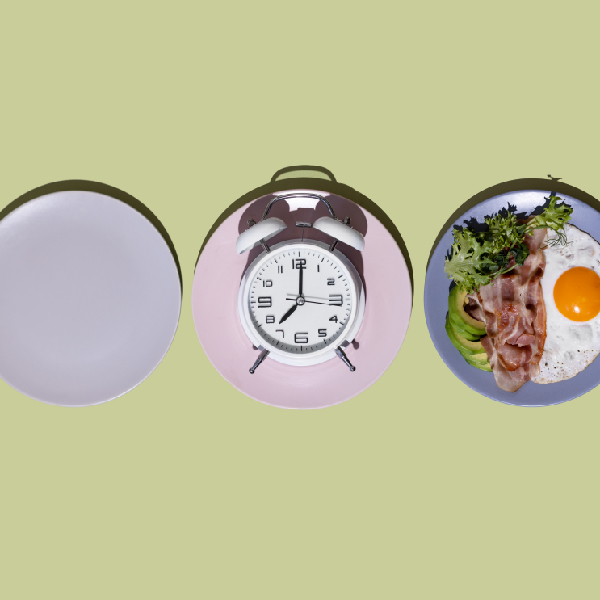The term “low-carb” means different things to different people. However, as a dietitian, I am always asked, “can you eat healthy and low-carb?” I certainly think you can, but you need to be very clear on what low-carb means to you versus what it means to others. As in the previous definition, I do not consider eating 20-50 grams of carb per day a healthy option long-term, but, you can can eat moderately low-carb (26-44% of total calories per day) by choosing the right foods. When someone makes the decision to eat a lower carb diet, it is important to choose from the following carbohydrates:
- Vegetables. These are vital especially green leafy vegetables such as kale, collard greens, turnip greens, Swiss chard, spinach, red and green leaf romaine lettuce, cabbage, bok choy, watercress; and cruciferous vegetables such as broccoli, brussels sprouts, rapini, cauliflower, red cabbage and radishes.
- Beans and legumes. They include black beans and pinto beans. There are so many types of beans and legumes, we cannot describe them all here; however, there are two great links that describe them all: one is Nourish Interactive and the other is the U.S. Dry Bean Council.
- Whole grains that are high in fiber. To be labeled high in fiber, a product must have 5 grams of fiber per serving, so if you are eating a sandwich, make sure both slices of bread or the wrap you are using totals 5 grams of fiber.
- Fruits. While many people would not want this food group in this category, depending on your location in the world and the season, there are some fruits that are higher in volume and fiber. Choose these fruits the most since they have more than 5 grams of fiber per serving: apples, blackberries, pears, raspberries. The following choices have more than 2.5 grams of fiber per serving: blueberries, kiwis, oranges. While dried fruit is a good source of fiber, the serving sizes are much smaller (2 tablespoons) versus 3/4 cup to 1 cup for berries.
Why choose these foods? First, they are all filled with vitamins and minerals we need, but they are also higher in fiber, which will contribute to its glycemic index and may not affect the blood sugars as much. Also, the fiber in these foods will contribute to satiety or the “fullness factor,” thus helping us to not snack on junk and unhealthy carbs in between meals.
So, the bottom line when eating a healthy, lower carb meal plan is to focus on the fiber in:
- Whole grains
- Higher fiber fruits
- Lower-carb green leafy and cruciferous vegetables
- Beans and legumes
A good goal with a lower carb diet is to make sure your fiber intake is close to 35 grams per day and if someone is choosing from the carb foods above and consuming at least 3-5 servings of vegetables per day, 3-4 servings of grains, beans or legumes and at least 2 servings of fruit per day, that goal is easily attainable without feeling hungry.
You also want to include healthy non-carb choices as well, including fats derived from monounsaturated and polyunsaturated fats such as avocado, olives, vegetable oils, soy products, fish, chicken, and turkey. Many people consider red meat to be a healthy choice; however, there are many lower fat choices that can be included occasionally, including:
- Beef with “round”, “loin” or “sirloin” in the title
- Bison
- Venison
- Ostrich
Having a different perspective on what “low-carb” really means, it certainly does not mean you need to eliminate all carbohydrates from a meal plan. But, to do it healthfully, it does require discipline and time. And, investing in your eating habits can have a very positive impact on your weight, blood pressure, cholesterol, and blood sugars.




